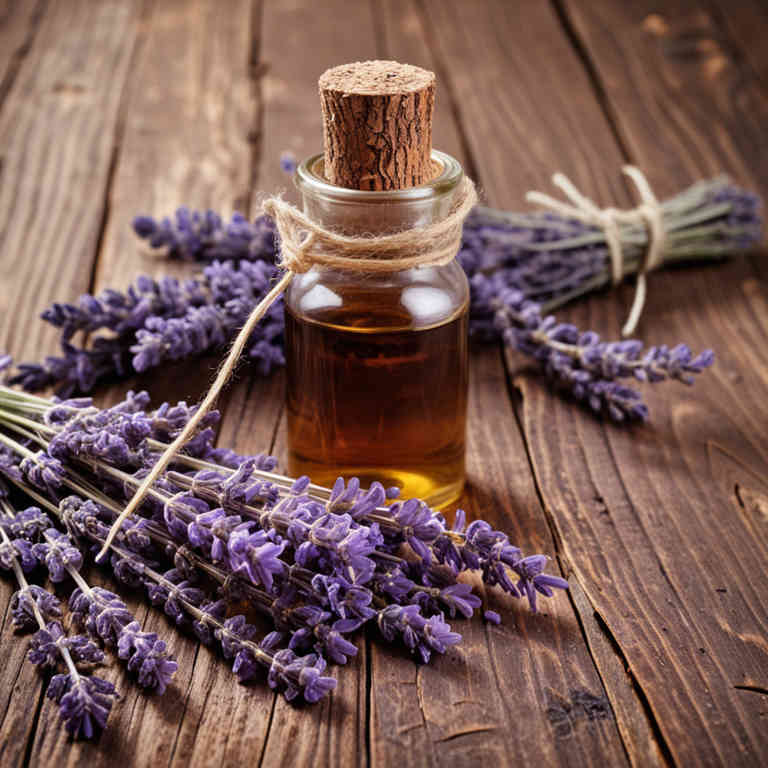Lavandula latifolia tincture for medicinal use

Lavandula latifolia tincture is a concentrated liquid extract made from the flowering tops of the broad-leaved lavender plant.
It is commonly used in herbalism for its calming and soothing properties. This preparation is valued for its ability to relieve stress, promote relaxation, and aid in sleep. It may also help with skin conditions due to its anti-inflammatory and antiseptic qualities.
In traditional herbal medicine, it is often used to support emotional well-being and as a natural remedy for mild anxiety.
Uses
Lavandula latifolia tincture has been used to treat a variety of ailments throughout history, from digestive issues to skin conditions.
Historically, it was valued in ancient civilizations for its calming and antiseptic properties, often used in rituals and as a remedy for wounds. In traditional medicine, it was also employed to relieve anxiety and promote sleep due to its soothing aroma. Modern applications include its use as a natural remedy for stress relief, muscle pain, and as a topical treatment for minor burns and insect bites.
Today, it is widely appreciated for its versatility and is commonly found in aromatherapy and herbal medicine practices.
Benefits
Lavandula latifolia tincture has health benefits such as promoting relaxation, reducing anxiety, and alleviating symptoms of stress.
This preparation is known for its calming properties, which can help improve sleep quality and ease tension. It may also support skin health due to its anti-inflammatory and antiseptic properties. The tincture is often used to relieve muscle pain and reduce inflammation.
Additionally, it may aid in digestive health by soothing gastrointestinal discomfort.
Constituents
Lavandula latifolia tincture active constituents include linalool, lavandulol, terpenoids, and flavonoids.
These compounds contribute to the tincture's calming and antispasmodic properties. Linalool is known for its sedative and anxiolytic effects, while lavandulol supports muscle relaxation. Terpenoids provide anti-inflammatory and antimicrobial benefits.
Flavonoids act as antioxidants, helping to neutralize free radicals in the body.
Preparation
To make Lavandula latifolia tincture, first gather fresh or dried Lavandula latifolia (Broadleaf lavender) flowers.
Place the flowers in a clean glass jar and cover them completely with high-proof alcohol, such as vodka or grain alcohol. Let the mixture sit in a dark place for 4 to 6 weeks, shaking the jar gently every few days. After the steeping period, strain the liquid through a fine mesh strainer or cheesecloth to remove the plant material.
Store the tincture in a dark glass bottle away from light and heat for long-term use.
Side Effects
Lavandula latifolia tincture may lead to mild gastrointestinal discomfort, including nausea or upset stomach, in some individuals.
It can also cause drowsiness or dizziness due to its sedative properties. Prolonged use may result in liver toxicity, especially when taken in high doses or combined with other hepatotoxic substances. Allergic reactions, such as skin rashes or itching, may occur in sensitive individuals.
It is important to consult a healthcare professional before using this tincture, especially for those with pre-existing medical conditions or who are taking other medications.